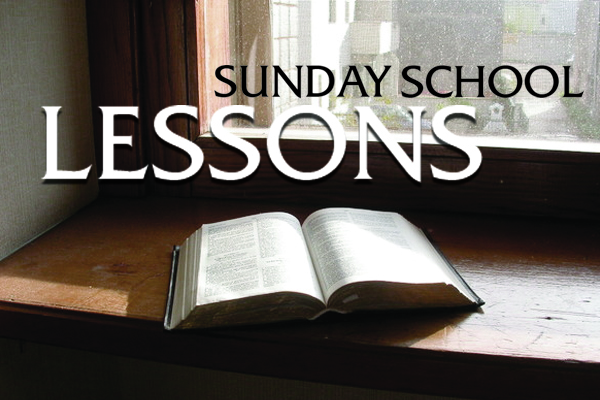By Jim Barnette, Ph.D.
Samford University and Brookwood Baptist Church, Mountain Brook
When Races Collide
Ephesians 2:11–22
This timely lesson focuses on how we can live in peace with God and with each other. Note that the word “peace” occurs four times in this passage (verses 14, 15 and 17).
Without Christ, our differences can divide us. (11–12)
Paul calls upon his Gentile readers to keep on remembering (present tense in Greek) their hopeless condition before they were reconciled to God. As in Ephesians 2:1–3, he describes their life apart from God. They were known as the “uncircumcision,” a term of contempt used by Jews in referring to Gentiles. It was equivalent to being called pagans. At that time they were without any relation to Jesus the Messiah. As Gentiles they were outsiders regarding the chosen people of God. As a result they had no share in the promises of God that had been made to the covenant people Israel. Without the promises for the future the Gentiles had no hope, no expectation regarding the coming of the Messiah. In other words they were without God in the world. Theirs was a hopeless condition with no knowledge of the living and true God who has provided salvation for all in His Son, Jesus Christ. But now that the once-hopeless Gentiles have become Christians life has changed for them. Formerly they had been at a distance from God. Now because of the sacrificial death of Christ they enjoy a nearness to God.
Christ treats us equally and gives us all access to the Father. (13–18)
The Jews of that day had divided the world into two groups, Jew and Gentile. The differences between them seemed irreconcilable. There was much hatred on the part of each for the other. The Apostle Paul declares that the wall of separation between these two warring factions has been broken down by the Christ who was redeeming Jews and Gentiles and bringing them together into one body, the Church. Paul says of Christ, “in His flesh He has made both groups into one, and has broken down the dividing wall, that is, the hostility between us.” “In His flesh” is a reference to the incarnate state of our Lord and to the physical death He experienced on behalf of Jews and Gentiles. It was through that death that the wall of hostility and separation was removed. Consequently He has created “in Himself one new humanity in place of the two, thus making peace.” Thus He has reconciled “both groups to God in one body through the cross.” The word “reconcile” implies a previous state of hostility and estrangement between two parties. In reconciliation the hostility and estrangement are removed and peace results. Paul says the hostility between Jew and Gentile has been put to death through the cross.
All believers are one in Christ — and we should act like it. (19–22)
In these last four verses in chapter 2 Paul wants his Gentile Christian friends to understand their new status in Christ. He uses three figures to express this elevation of Gentile Christians to a position equal in privilege and blessing with Jewish believers. The three figures are a commonwealth, family and a building. Unbelieving Gentiles are described as being aliens and strangers to the commonwealth of Israel. In Christ that terminology no longer applies to the Gentiles. They are now fellow citizens with the people of God in the Church. In addition they are members of the household of God. They can address God as Father. Other believers are their brothers and sisters. This is family terminology. Finally, together all of God’s people are a holy temple for the Lord in which we all dwell in the presence of the Lord who unites us.




Share with others: